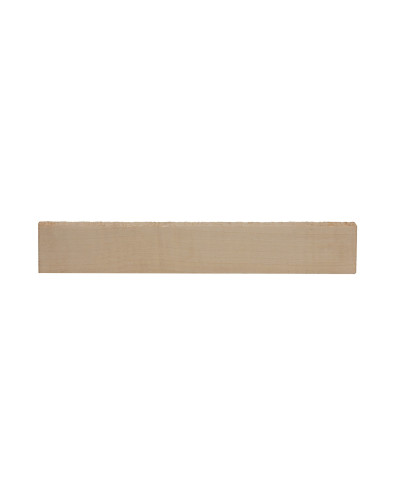-
MenuBack
- FSC® WOODS
-
PRODUCTS
ON SALE
-
-
Woods
-
-
REBAJADOS
-
FENDER®
-
-
Other String Instruments
-
-
-
Bow Instruments
-
-
-
Wind Instruments
-
Pieces other sizes
-
Lathe
-
Walking Sticks
-
Raw Material
-
-
-
Kits and Percussion
-
Wind Instruments, Lathe and Raw Material
-
-
-
Mb Exclusive
-
-
Assorted Pieces
-
-
-
Finishes
-
-
Accessories
-
-
ACCESSORIES
-
Cuerdas
-
Cuerdas
-
Last Units Accessories
-
More Accessories
-
-
-
TOOLS
-
-
Herramientas para Luthier
-
-
-
About us
-
Sycamore
Since many years, Sycamore has been a tonewood very admired by luthiers thanks to its great density and stiffness. These two proprieties are the most needed in the construction of classic guitar bridges because they have to bear wear and the string tension.
What is more, this tonewood has a brilliant sound; it is sustainable and easy to access: great pros to chose it for your instrument. Discover the tone, the beauty and the definition of these Sycamore bridges for your classic guitar.
BOTANIC NAME: Acer pseudoplatanus.
COMMON NAMES: Sycamore, Maple.
ORIGIN: Central Europe, Eastern Asia.
DESCRIPTION: Density 640 kg/m3. Sapwood colour ranges from almost white, to a light golden or reddish brown, while the heartwood is a darker reddish brown. Grain is generally straight, but may be wavy. Has a fine, even texture.
RECOMMENDATIONS: Fairly easy to work with both hand and machine tools, though it has a tendency to burn when being machined with high-speed cutters such as in a router. Turns, glues, and finishes well, though blotches can occur when staining, and a pre-conditioner, gel stain, or toner may be necessary to get an even colour.
DRYING: Allow air dry but can cause spots and colour alterations. It is important to dry it quickly to keep the white colour.
USES: Guitar , backs and sides, bindings and fingerboards.
Bridges (200x33x13 mm)
- Bocote
- Bois de Rose
- Cocobolo (CITES)
- Curupay
- African Ebony
- Amara Ebony
- African Exotic Ebony
- Macassar Ebony
- Mexican Granadillo
- Katalox
- Malaysian Blackwood
- Ovangkol
- American Walnut
- Amazon Rosewood
- Indian Rosewood
- Madagascar Rosewood (CITES)
- Brazilian Rosewood
- Kingwood
- Santos Rosewood
- Purple Heart
- Sycamore
- Sonokeling (double)
- Wenge
- Ziricote


